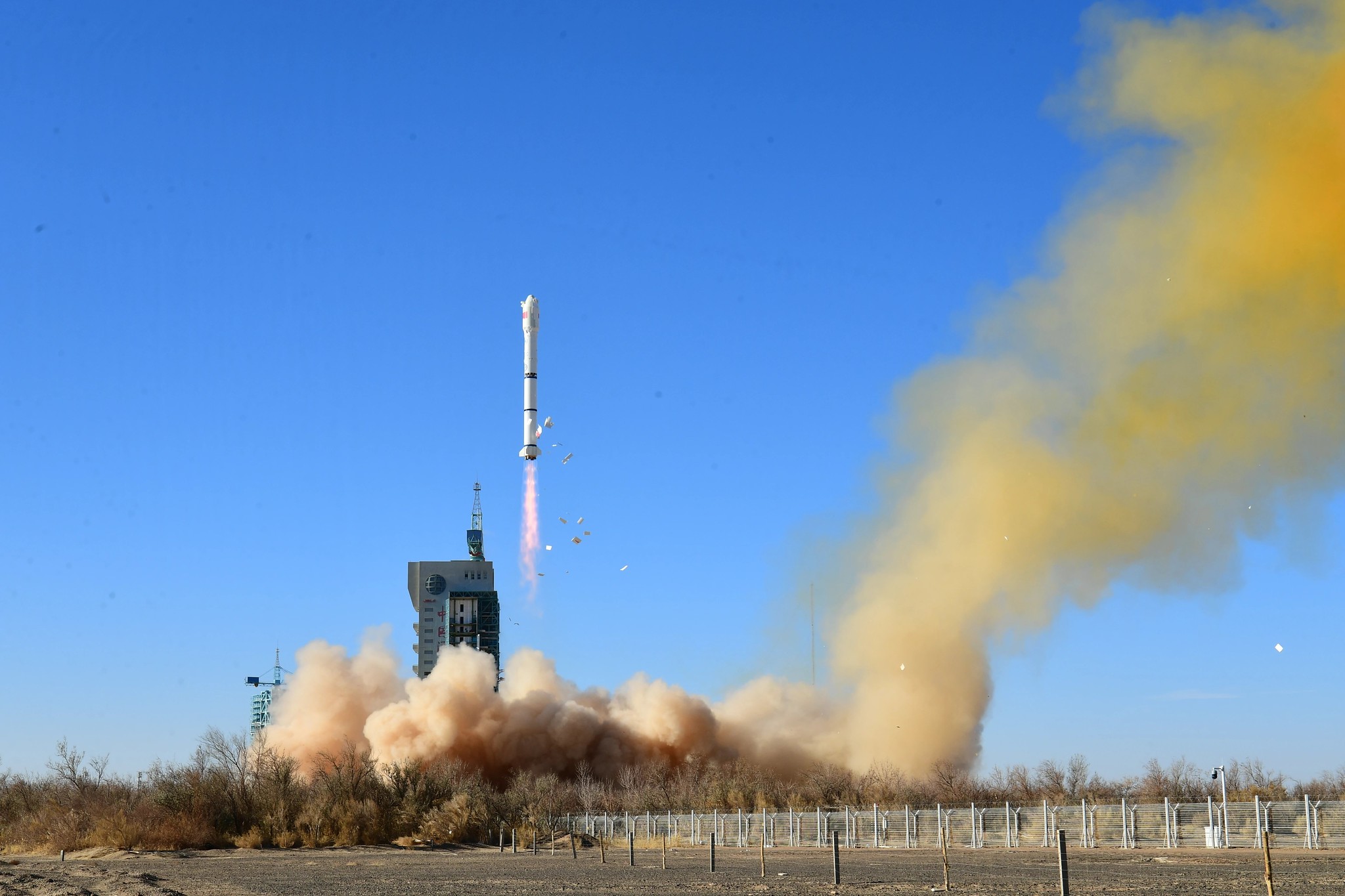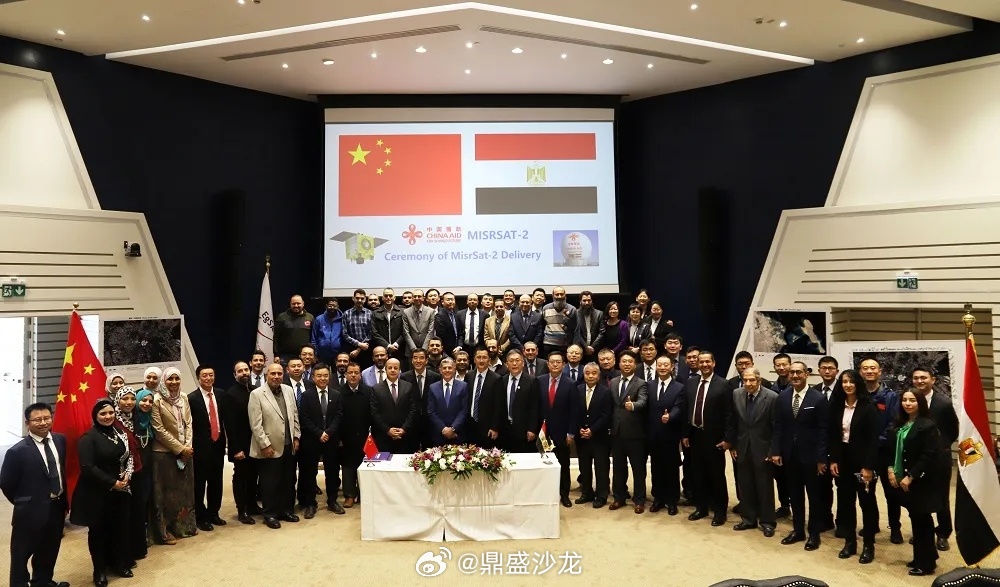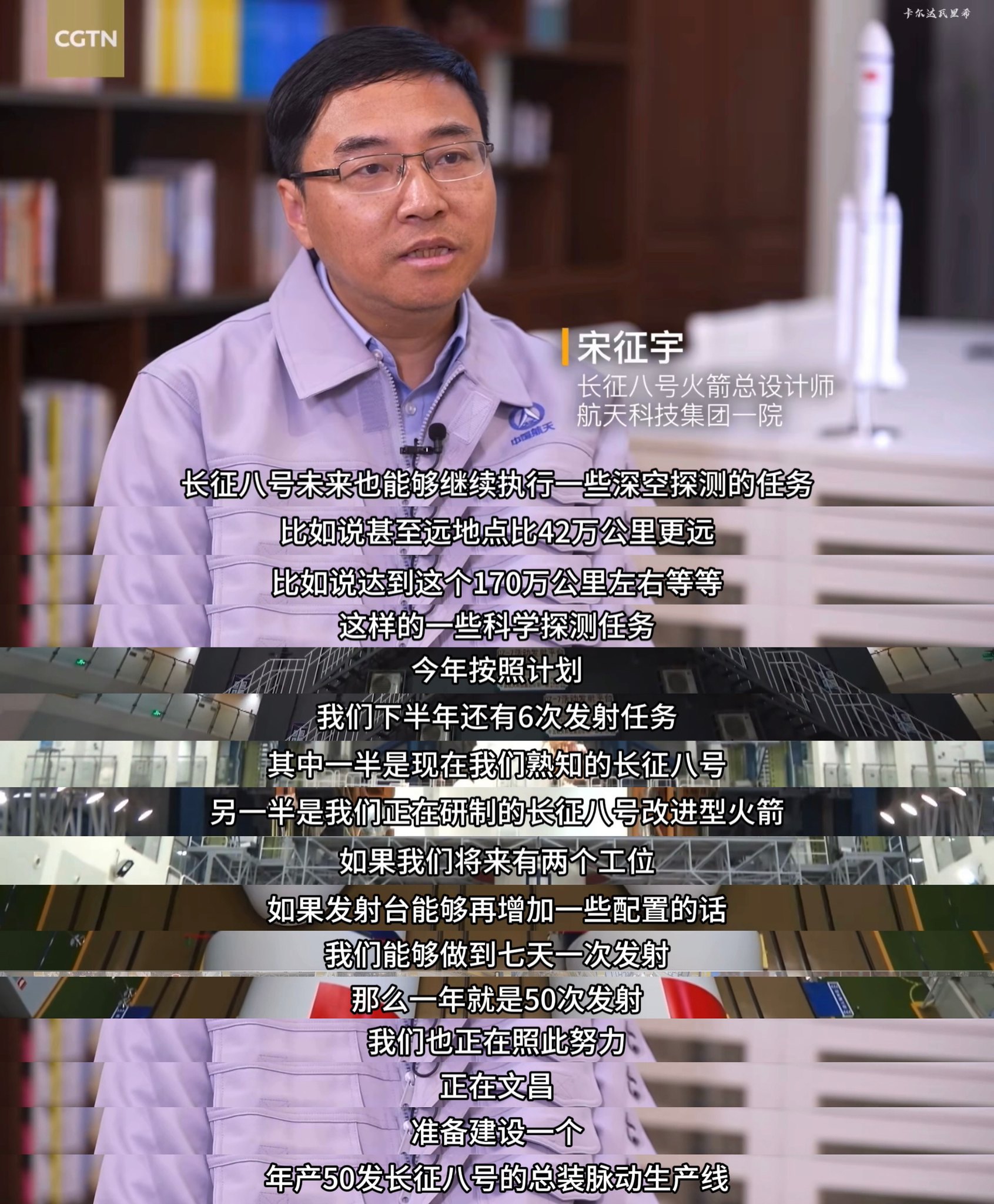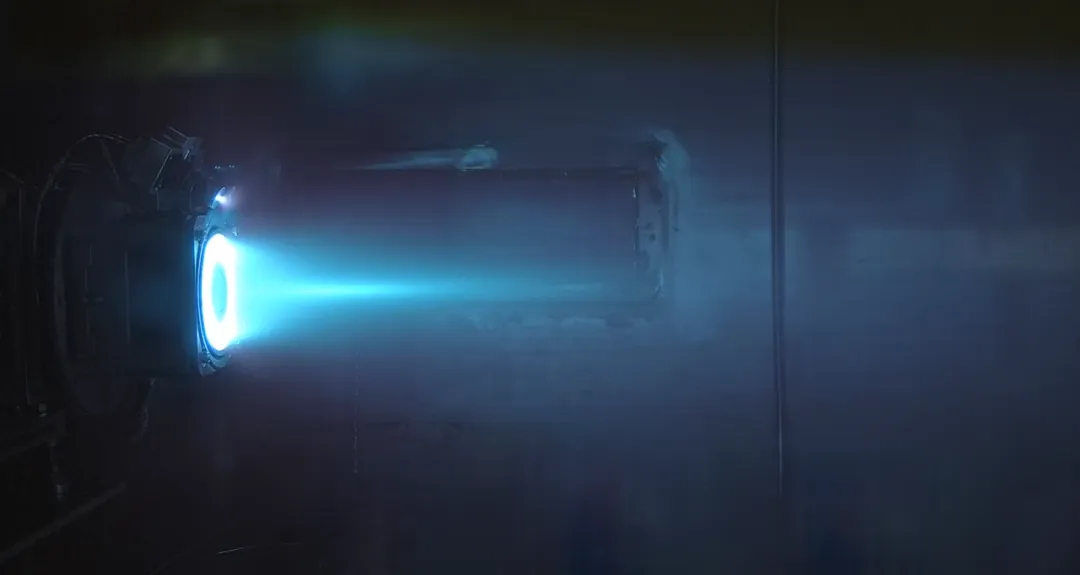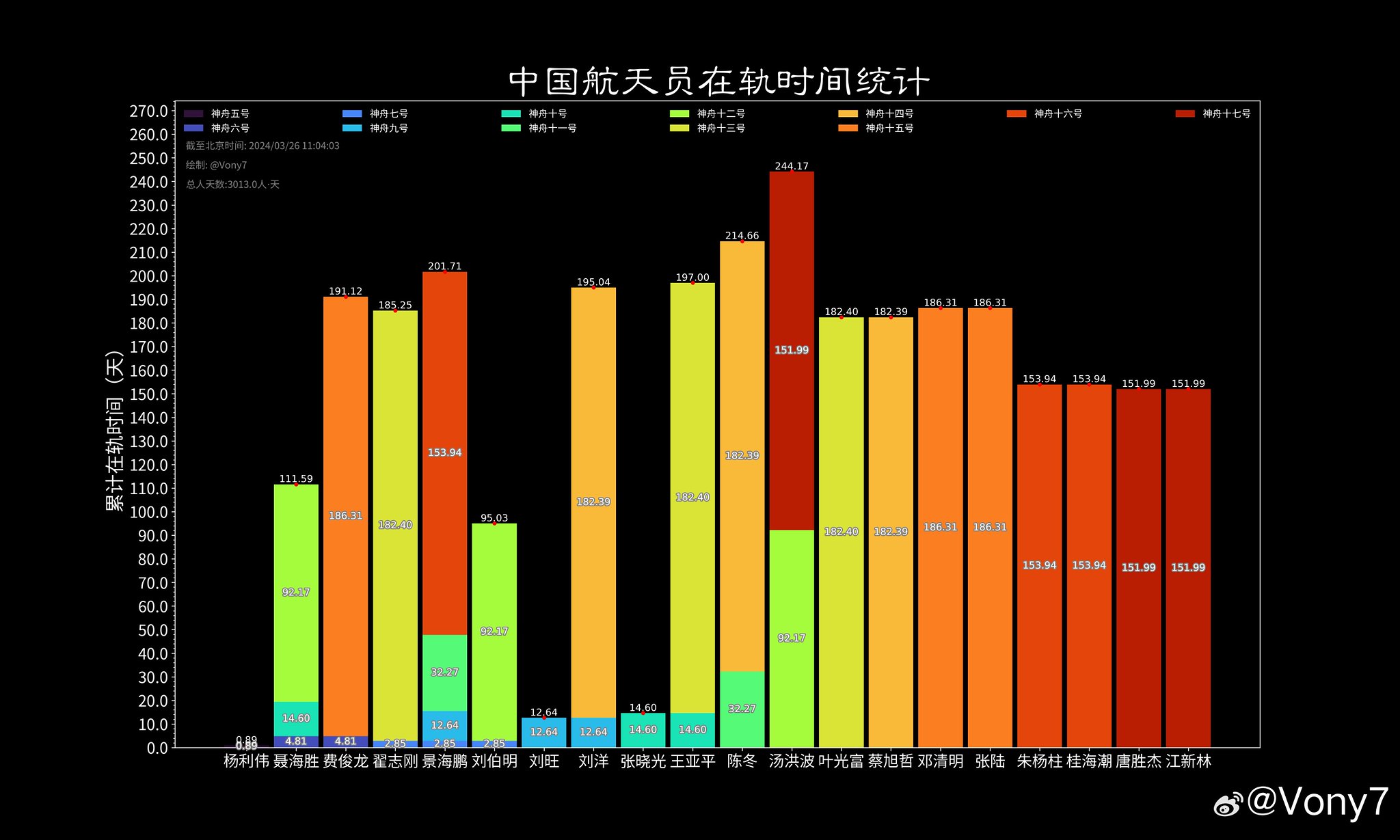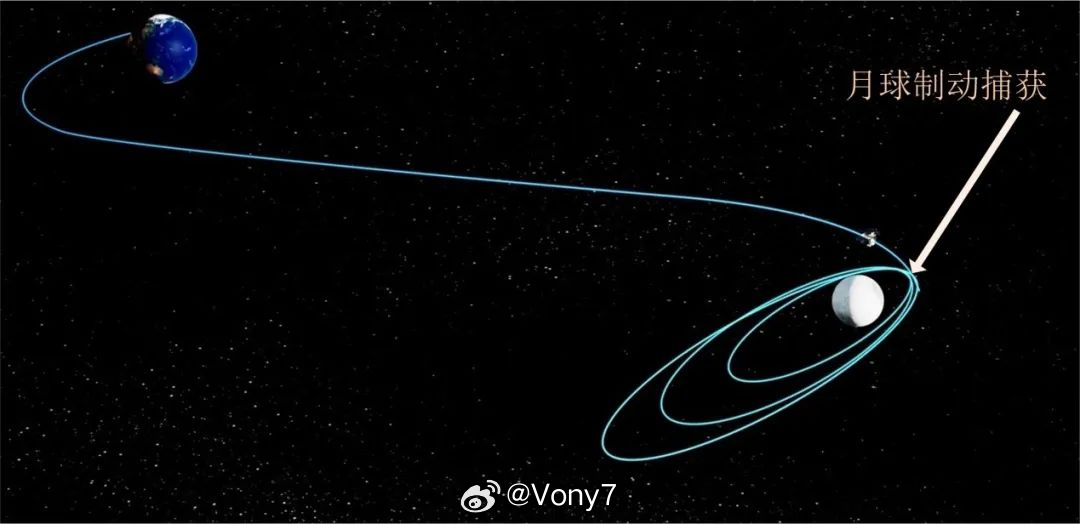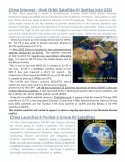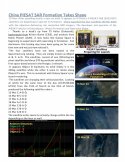30000 14 ton leo sar satellites is not reasonable or possible due to the fact that you can only have so many leo satellites in the air and starlink is filling up the sky. So the only way China can not loose out completely in this race is by putting up similar functioning and small satellites in the air. The starlink satellites are about 250kg. So you can get maybe 20 of those satellites in the air per launch.
Well, the ability to have 30,000 14 ton satellites in LEO depends on their design/geometry and station keeping capabilities.
And yes, of course 30,000 14 ton satellites would require 30,000 ton F9 or TL-3 launches, and over three years it would average to 10,000 a year or about 27 launches a day.
But you did ask me about what "good enough" is lol
The question I think worth asking is which private player is going to get involved here that will really drive the push to greater satellite production and rocket production capacity. I can think of one particular company that is currently making money hand over fist from selling AI chips that would be particularly interested in a LEO constellation.
Once you get the technology ready, the next question is how they can increase # of launches per year and production of everything.
It seems to me that the current launch plans are still relatively conservative compared to what spacex is doing. I don't know if that's due to private industry not being involved or what. But certainly getting private money in there would be important.
And then there are the supply chain questions. What is the technology needed for both data transmission satellites and SAR satellites? How quickly can you ramp up the production of components needed for satellite sensors?
I think a combination of private money and state funding and state ambition are both relevant here.
Ultimately, for China they have substantial room to subsidize both "private/commercial" and state launches, in context of potential of private/commercial exploitation of space as well as its strategic/military uses.
Frankly I think if the PRC wanted, they could easily light a fire under the relevant players backsides, to provide substantial funding but more importantly to provide allowance for trading failures for speed.
For example, giving more expectations towards the "move fast and blow things up" in pursuit of gaining substantial test data to rapidly iterate, to enable faster development and faster mass production, instead of aiming to get everything right for the first time in a manner which may take many years to slowly get towards.
For example, instead of carefully doing 10 launches in the space of 5 years as part of a new rocket's development, instead pursuing 10 launches in the space of 1 year to rapidly iterate and learn (of which all 10 may be failures), but if it enables years 2-5 and onwards to enable successful launches of 20-30 a year (with further massive growth afterwards) that would be well worth it.

